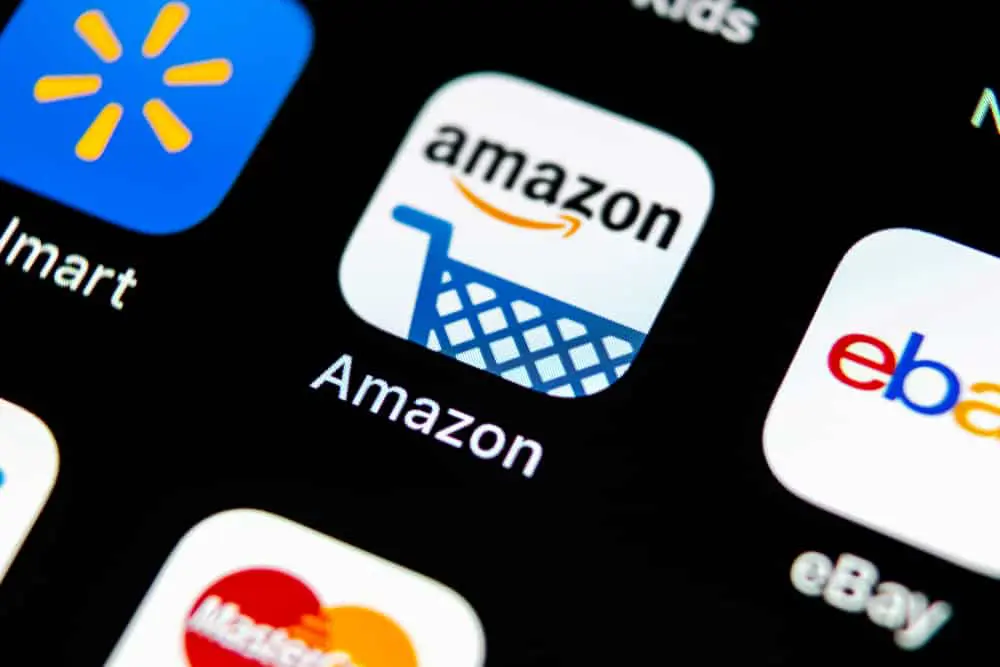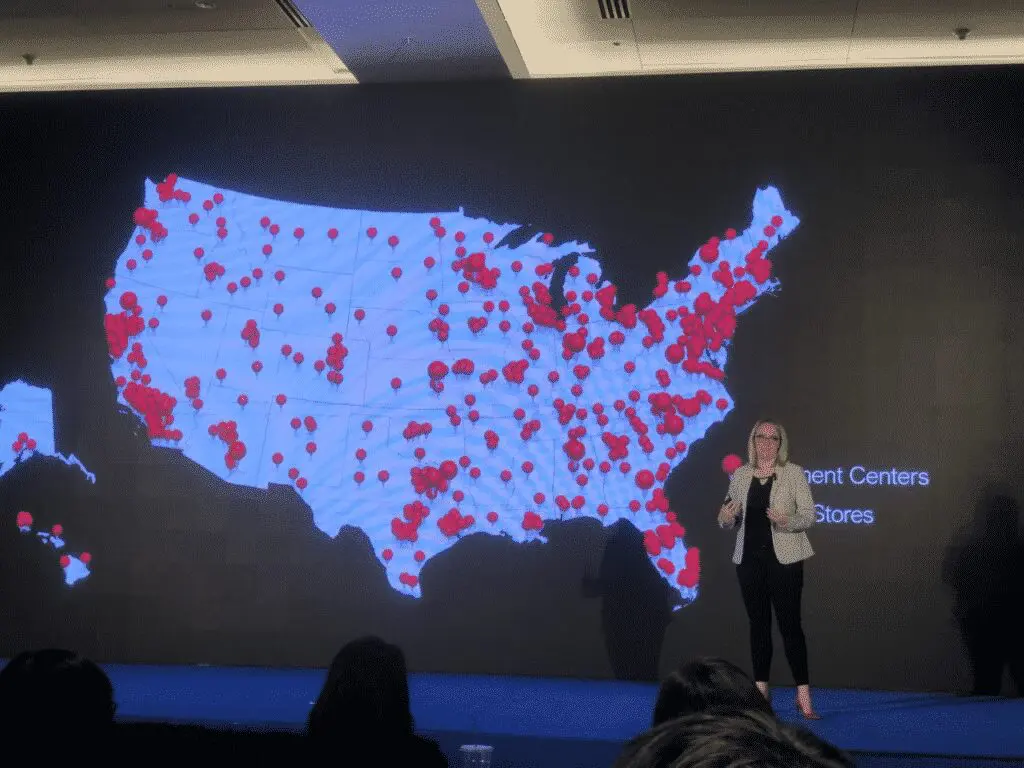Analysis by Bain & Company recently highlighted that, when it comes to investment in new technology, Amazon will outspend its average retail competitor by a factor of ten over the next five years.
At their current rate of investment, that equates to every one of its ten closest retail competitors allocating an estimated $100 billion less than Amazon for information technology by 2023.
Why does this matter?
Isn’t Amazon simply spending far more because its core business is delivered online?
While underpinning its dominant eCommerce platforms is clearly a factor for Amazon, such reasoning overlooks some crucial aspects of the retail landscape that are helping Amazon become even more dominant.

As the numbers above illustrate, data analysis and digital platforms have evolved to be the keys that open up new doors and strategies to customers.
Yes, technology is the core of Amazon’s business offering, but it is also fundamental to the company’s strategy of getting closer to customers with every interaction.
In this scenario, how does an established brand begin to compete with Amazon’s massive investment in technology and the benefits it delivers?
Amazon Spurs Accelerated Investment in Technology
For other retailers, the ongoing impact of failing to keep pace with Amazon’s investment in IT is significant. It will compound the effect that we have already seen, with long-established retailers unable to meet customer expectations because their systems aren’t sophisticated enough to keep up.
Sensibly, some of North America’s most established retail brands aren’t waiting to find out how badly Amazon’s investment will come back to bite them.
Walmart, for example, acquired Jet.com several years ago and is starting to reap the rewards of that company’s technological expertise. Jet founder Marc Lore, who brought years of his experience dealing with Amazon into the Walmart fold, was as important to this acquisition as Jet’s infrastructure and other assets. In simple terms, Lore was considered the most capable individual to take on Jeff Bezos at his own game.
Since then, it’s fair to say that Walmart has picked up the gauntlet thrown down by Amazon in the earlier half of the decade.

Sales on Walmart.com grew 40% from 2016 to 2018, positioning the site as a much more capable eCommerce platform and adding millions of new products in the process. Jet.com didn’t fare so well in that period, as Walmart repositioned it to focus on metropolitan markets and narrowed its product range accordingly.
Unsurprisingly, given the belief that Walmart made the move primarily to absorb Jet’s eCommerce talent, resources from analytics and technology to marketing and retailstrategy have now been reassigned to work directly on Walmart’s offering.
Similarly, Target has refused to be left behind as an also-ran in the eCommerce stakes.
As we heard from the company’s SVP of Supply Chain Engineering, Gemma Kubat, at NAEOS19 earlier this month, Target has been strategically integrating its eCommerce offering with a nationwide network of retail locations. This approach seeks to leverage the company’s brick-and-mortar footprint, which existing customers know and love, to bring in new customers who start their journey online.

Acknowledging the critical need to invest in technology to make this strategy a success, in early 2017 Target committed more than $7 billion to “adapt to rapidly evolving guest preferences.” Translating from corporate PR speak, much of that money was intended to invest in technology and position the brand more appropriately for eCommerce.
The $550 million acquisition of delivery platform Shipt in late 2017 also demonstrates the commitment to building out the brand’s eCommerce offering, buying in technology and talent that the company presumably realized it didn’t have the time to develop in-house.
The results? In the final quarter of 2018, the most notable highlight emerged from Target’s digital business, which increased from $1 billion in 2012 to $5 billion in sales for fiscal 2018.
Tech Investment is a Foundation for eCommerce Success
Amazon isn’t the only company proving that investment in technology is essential for eCommerce success.
As the following stats show, tech investment acts as a foundation at every level of online retail, from visionary startups to established name brands:
>> There are now 3.8 million retail websites in the United States according to BuiltWith, a majority of which are built on accessible eCommerce technology platforms like Shopify, WooCommerce, and Squarespace. Many of these are niche startups and entrepreneurs, for whom investment in technology means building a site that delivers a frictionless order experience for their customers.

>> For consumer packaged goods brands, eCommerce sales contributed 90% of the sector’s growth in 2017, while accounting for only a fraction of the market’s $771 billion overall value. Direct-to-consumer brands that are using new technology to go straight to customers are dominating the traditionally conservative industry, showing that even those who have yet to be overwhelmingly disrupted by online shopping can reap the benefits of investment in technology by heeding these relatively early signals.
>> So-called “scale fighters” account for one-third of the U.S. retail sector’s profit pool, according to Bain & Company. Established brands in this category partner with non-competing companies in the same field to access technology and economies of scale that would otherwise be out of reach. For example, U.S. retail brands including Food Lion, Stop & Shop, and Giant have all been able to leverage the technology ecosystem of international grocery business Ahold Delhaize, which posted sales of €62 billion in the debut year of this partnership.
>> According to Gartner, brands of any size who are able to invest in visual and voice search technology for their eCommerce site over the next 18-24 months stand to increase revenue from online orders by up to 30%.
The underlying message is clear: identify opportunities in your online marketplace and invest in new technology that will help your brand stake a claim for that business.
Progressive tech investment is no longer just the domain of eCommerce giants like Amazon and major brands trying to catch them, like Walmart and Target. It applies to ambitious businesses at every level of the market, in every industry.
Even those with limited budgets and scalability need to start considering intra-industry collaborations and third-party service partners that will allow them to access appropriate technology and scale the business with the new capabilities that such partnerships deliver.
Capacity understands the need to leverage new technology to reach new customers and deliver a service that delights your buyers.
Contact our team today to learn how our investment in technology can help you build your brand.
